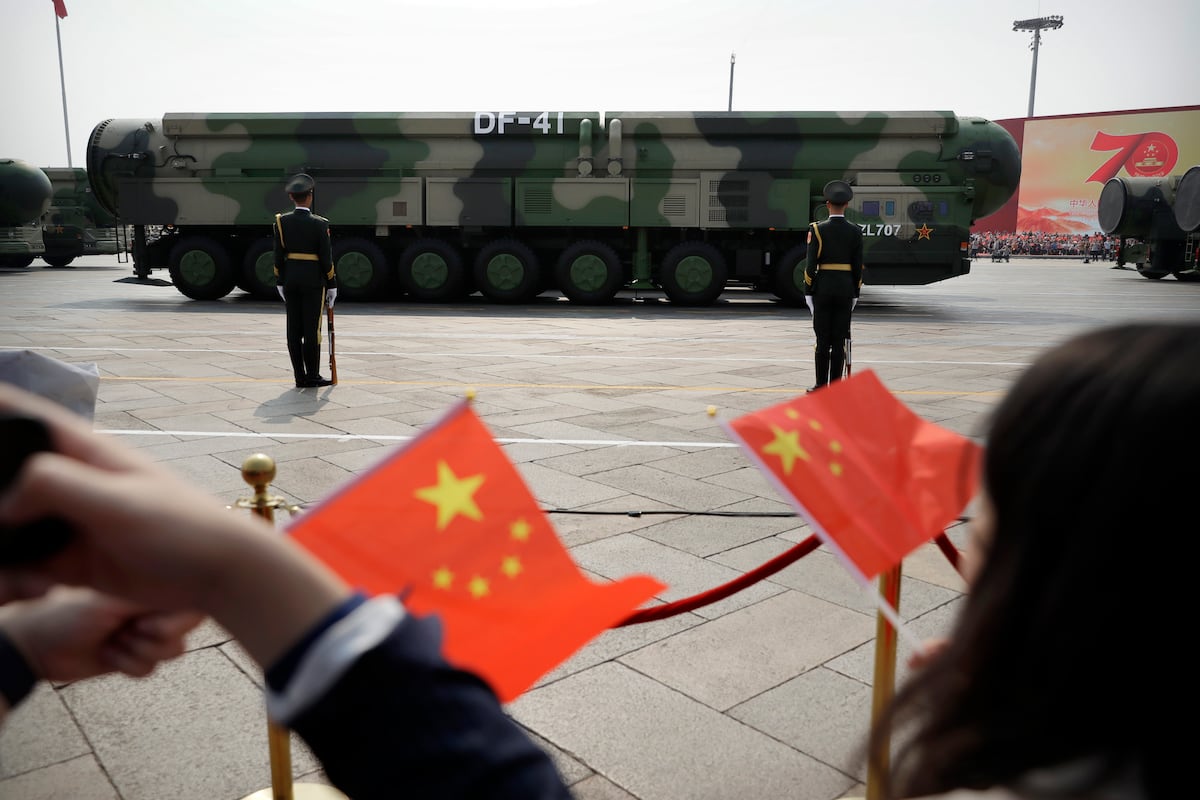Coast Guard’s Unprecedented Drug Seizure Marks Major Victory in Maritime Security
On Monday, the U.S. Coast Guard achieved a historic milestone by offloading 76,140 pounds of illegal narcotics, marking the largest single drug seizure in the organization’s history. The operation, which took place in Port Everglades, revealed contraband with an estimated street value of $473 million, emphasizing the Coast Guard’s ongoing commitment to securing American waters against illicit drug trafficking.
Scale of the Operation
The substantial haul reflects an operational response to escalating drug trafficking activities in international waters, particularly the Caribbean Sea and the eastern Pacific. The Coast Guard cutter Hamilton was instrumental in this effort, following a series of 19 interdictions that detained various vessels involved in narcotics transport. The seized cargo predominantly comprised cocaine, with smaller quantities of marijuana also included in the interdicted cache.
- Historical Context:
- Previous record: 2021, where the Coast Guard Cutter James offloaded 61,130 pounds.
- Preventative Impact: The recent seizure is estimated to have disrupted the flow of approximately 23 million potentially lethal doses of narcotics into the United States.
Collaborative Maritime Operations
This extensive operation benefitted from the collaborative efforts involving multiple vessels, including U.S. Navy destroyers and Royal Netherlands Navy ships. Coast Guard Law Enforcement Detachment (LEDET) teams worked aboard the USS Cole, USS Minneapolis Saint-Paul, and HNLMS Friesland, enhancing operational capability through joint maritime enforcement efforts.
- Title Shift Authority:
- When LEDET teams are present on naval ships, they can execute a “title shift,” activating law enforcement jurisdiction under Title 14. This allows for comprehensive law enforcement actions such as inquiries, examinations, searches, and seizures.
Operational Enhancement: Operation Pacific Viper
In a strategic move to counteract drug trafficking, the Coast Guard recently initiated Operation Pacific Viper, effectively tripling its operational presence since January 20. This operation aligns with the Department of Homeland Security’s renewed focus on protecting America’s maritime borders and sovereignty.
- Deployment Assets:
- Major cutters
- Sniper-equipped helicopters from Helicopter Interdiction Squadron (HITRON)
- Specialized law enforcement boarding teams
- Long-range surveillance aircraft
Given the recent spikes in cocaine seizures under this operation, the Coast Guard’s approach effectively demonstrates an integrated maritime strategy that balances deterrence with operational readiness.
Implications for U.S. Maritime Strategy
The escalating presence of Coast Guard assets at sea underscores a proactive stance against drug trafficking syndicates that are evolving in their tactics, particularly as routes across land borders become more heavily monitored. In March, U.S. Navy destroyers, working alongside Coast Guard LEDETs, were deployed to the southern border as part of an integrated strategy to counter potential shifts in drug smuggling routes.
- Maritime vs. Land Routes: The fortification of U.S. maritime defenses aims to anticipate and mitigate the technological and tactical adaptations employed by drug traffickers seeking alternative ingress points into the U.S. These efforts signify a broader commitment to utilizing naval strengths to secure national interests offshore.
Conclusion
The Coast Guard’s most recent drug haul showcases a formidable achievement in maritime security, reflecting both the challenges and advancements in counter-narcotics operations. As the agency enhances its collaborative efforts alongside allied naval forces, it continues to safeguard against the pervasive threat posed by transnational drug trafficking. Moving forward, the integration of operational tactics and technologies will be critical in not only addressing current challenges but in adapting to the evolving landscape of maritime illicit activities.





